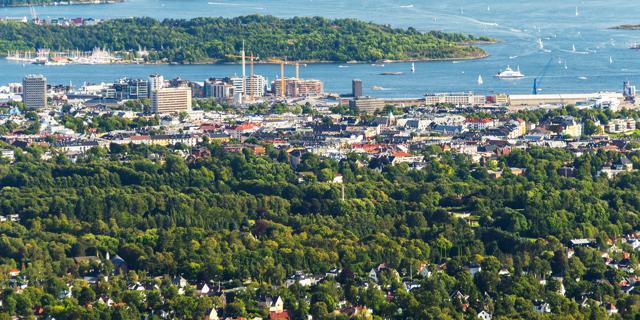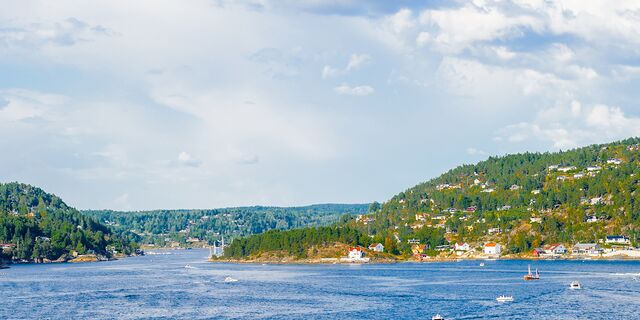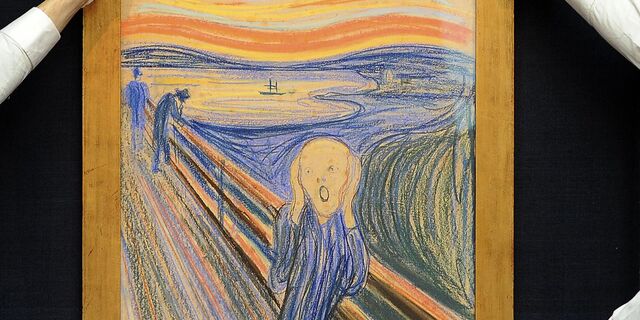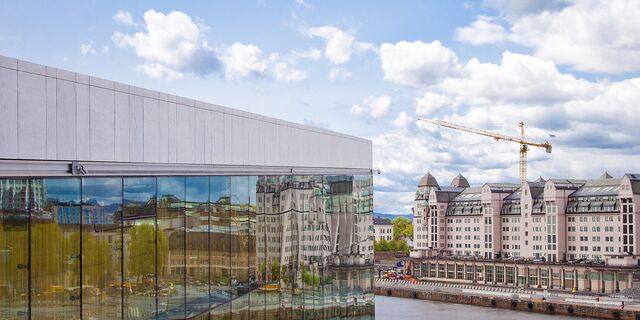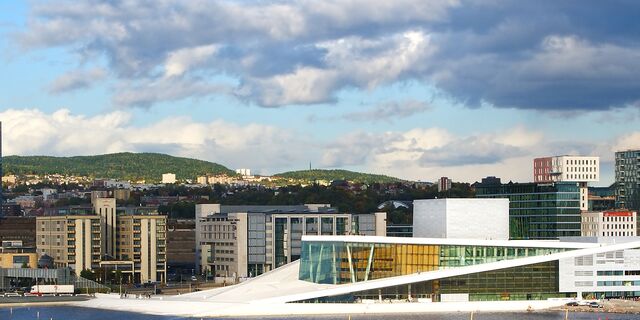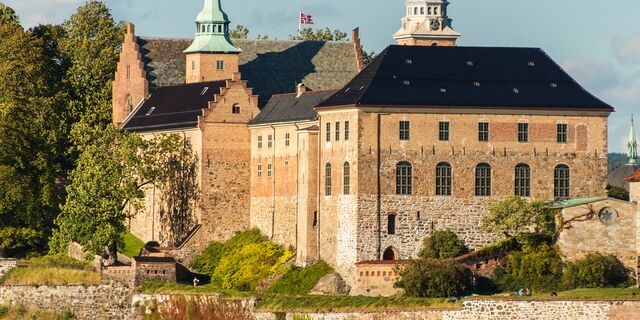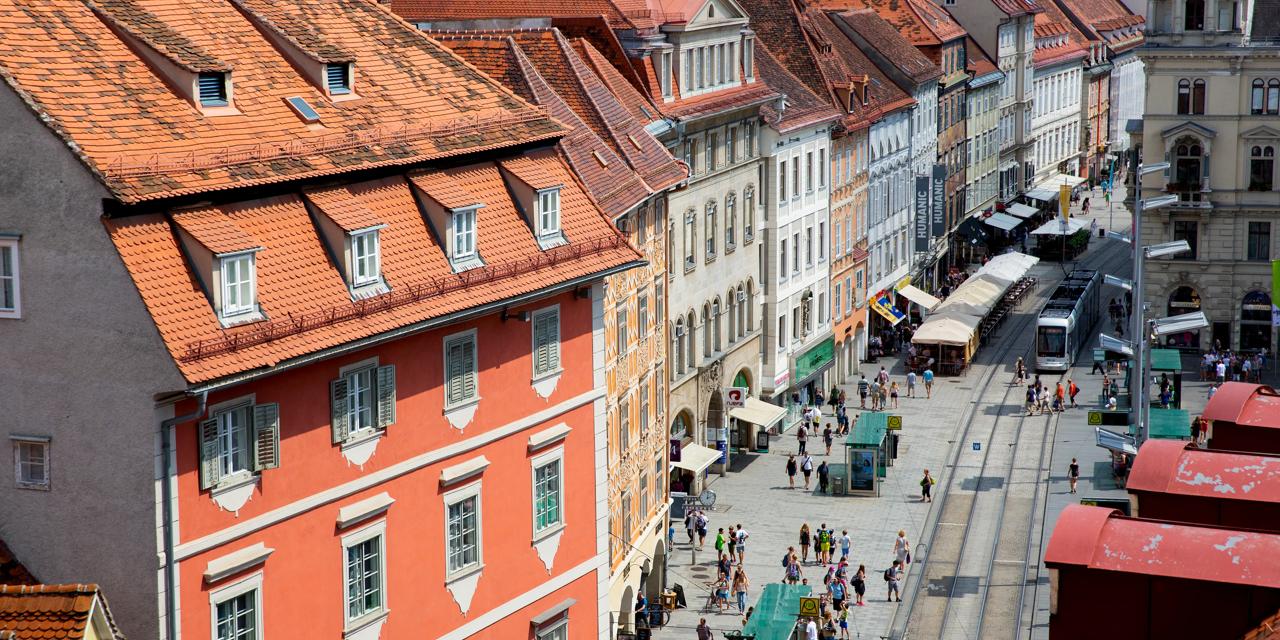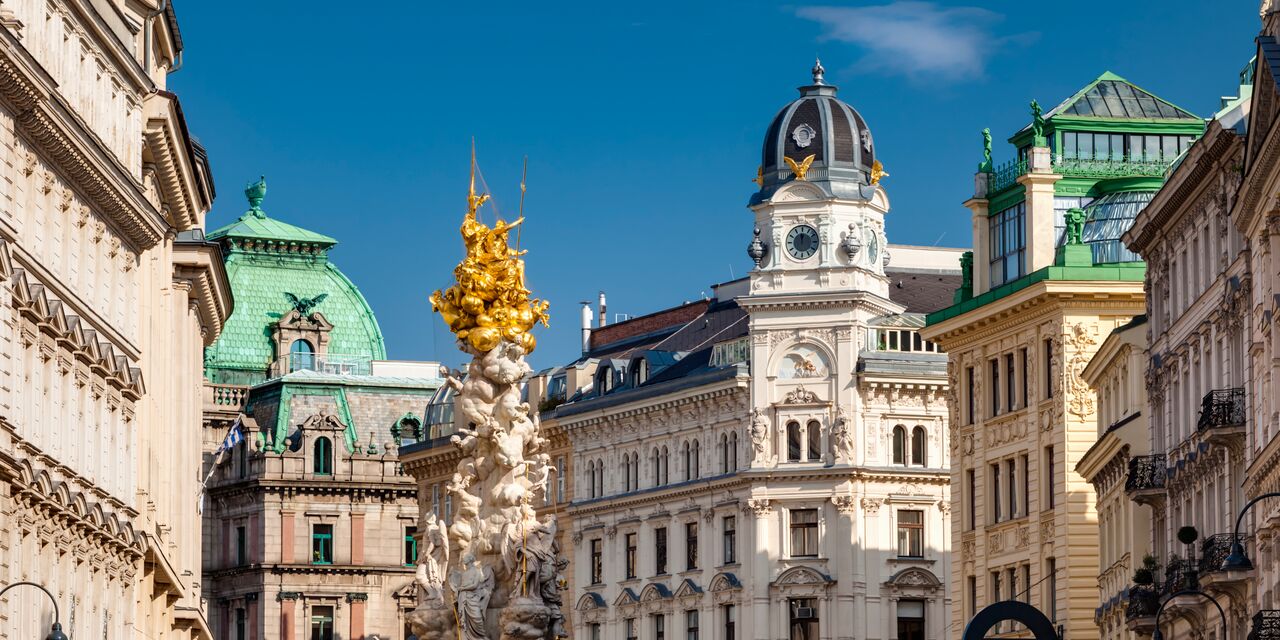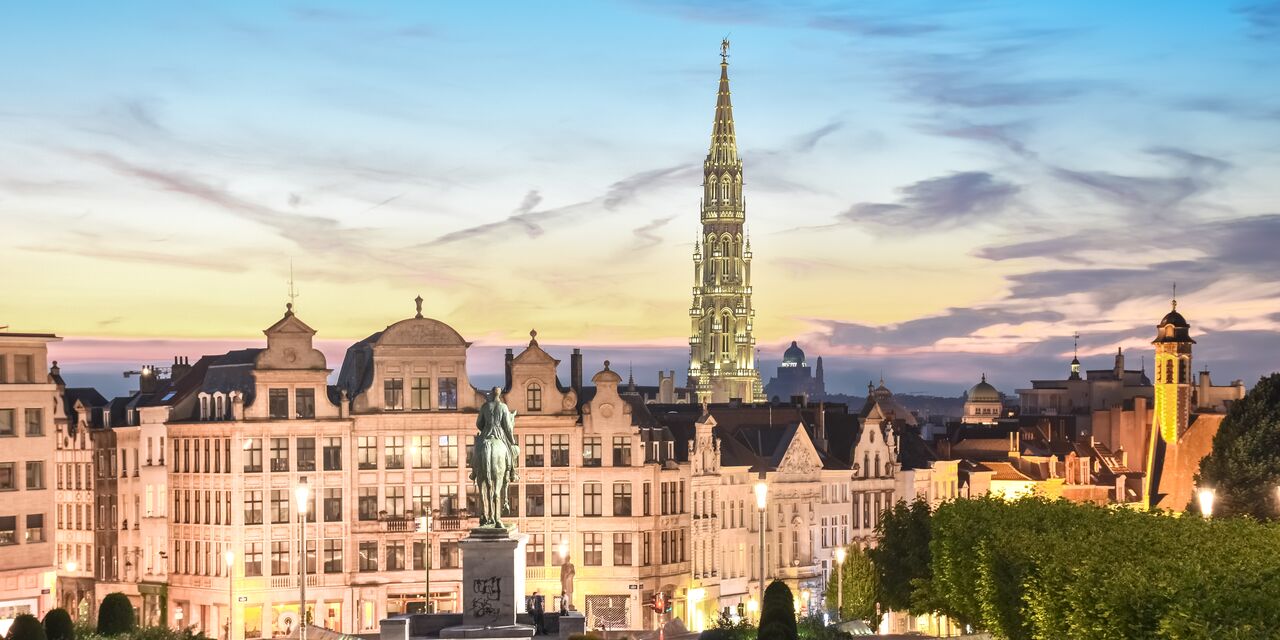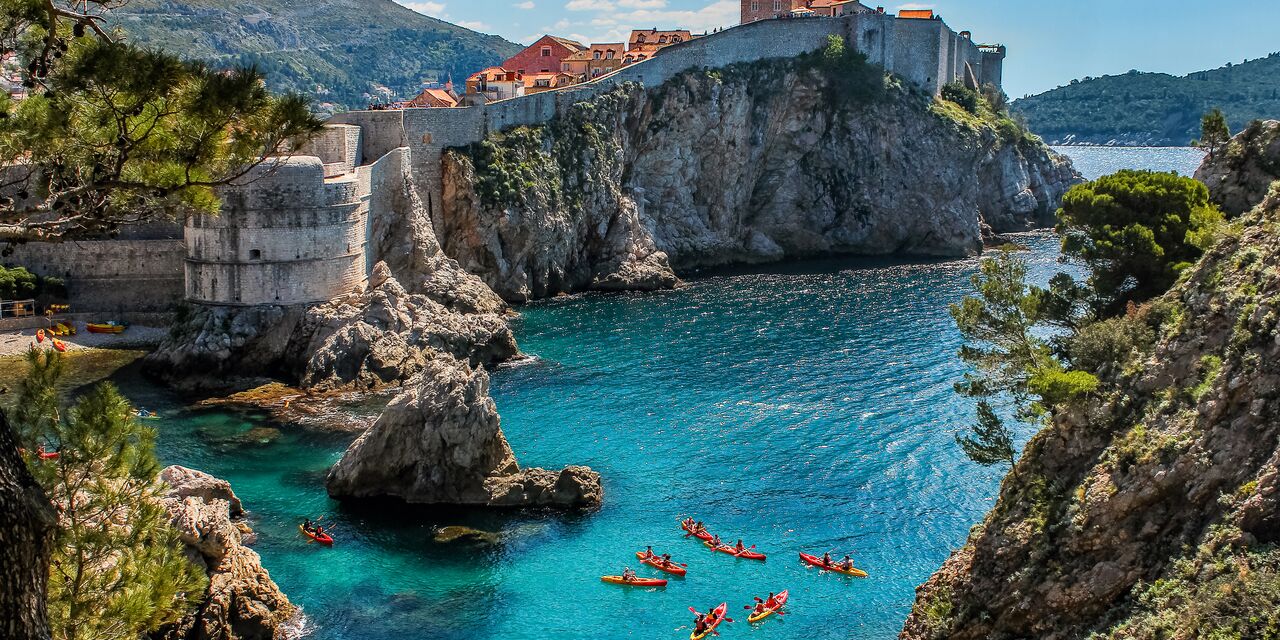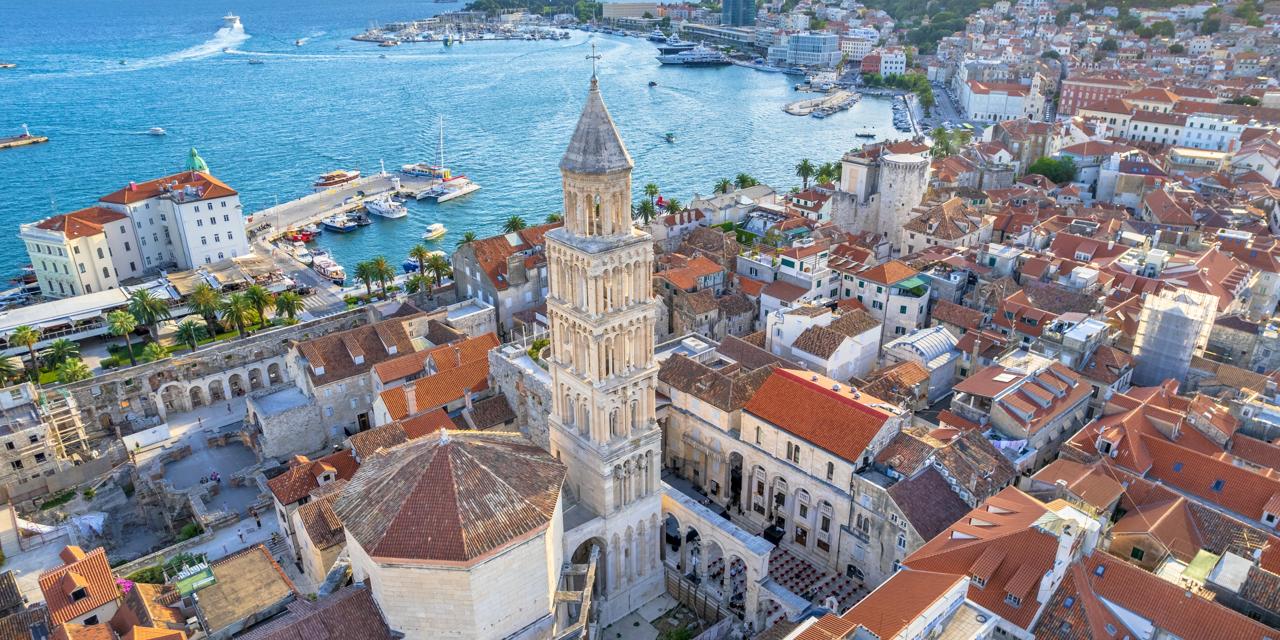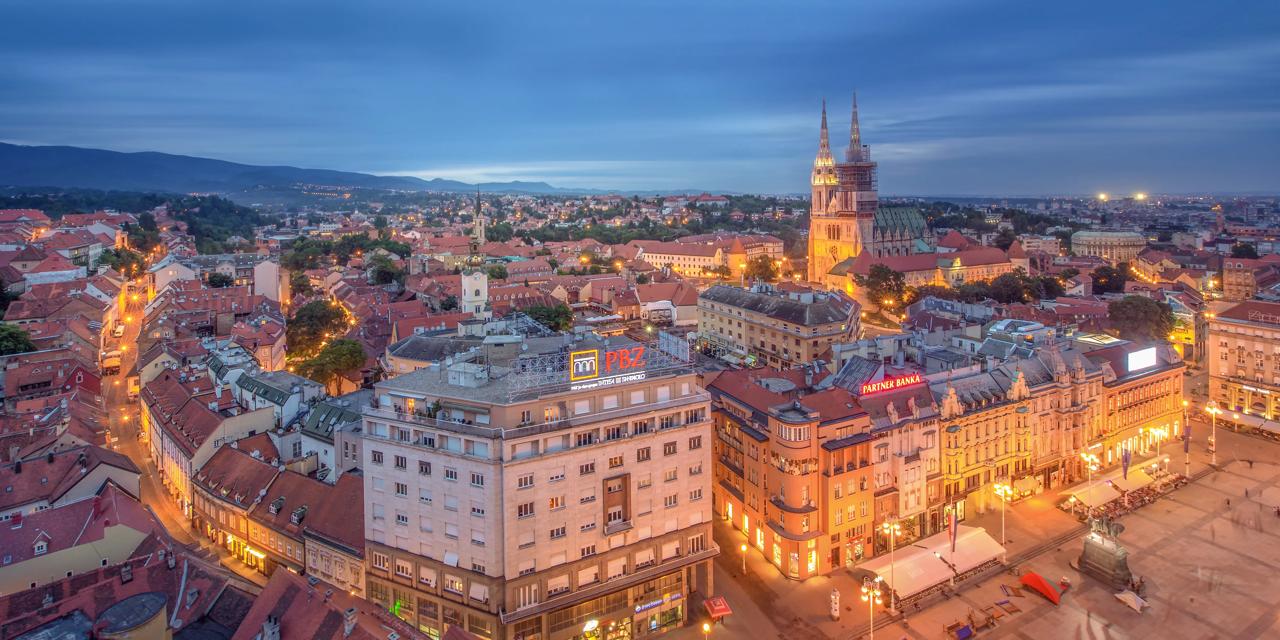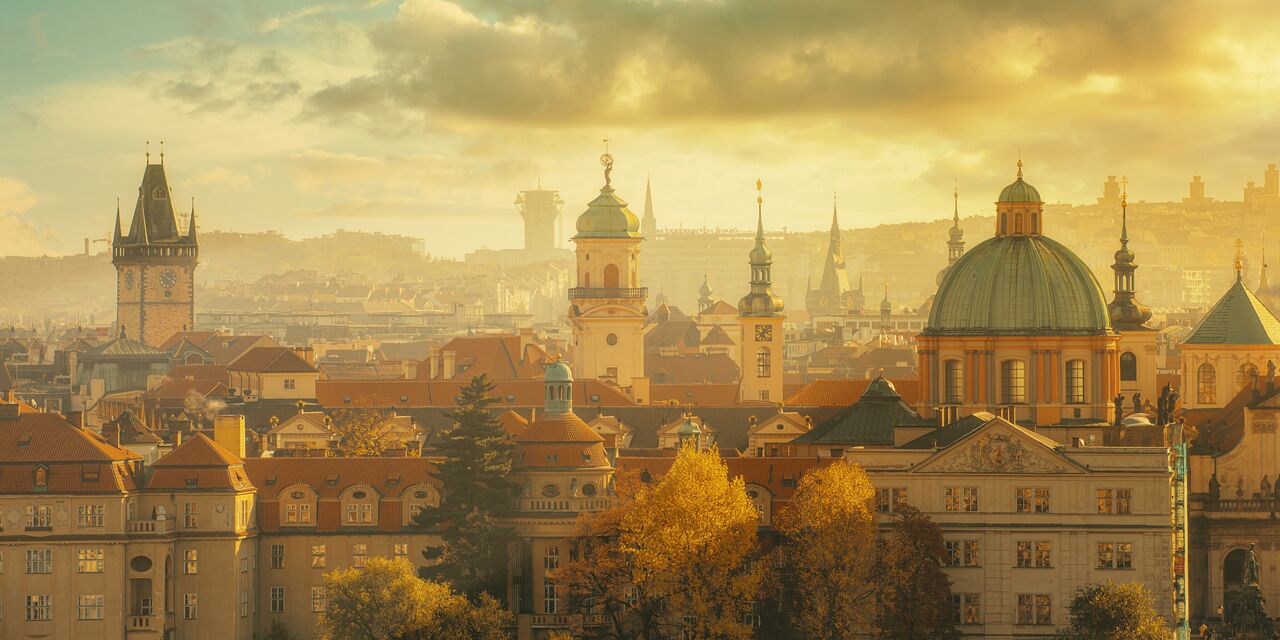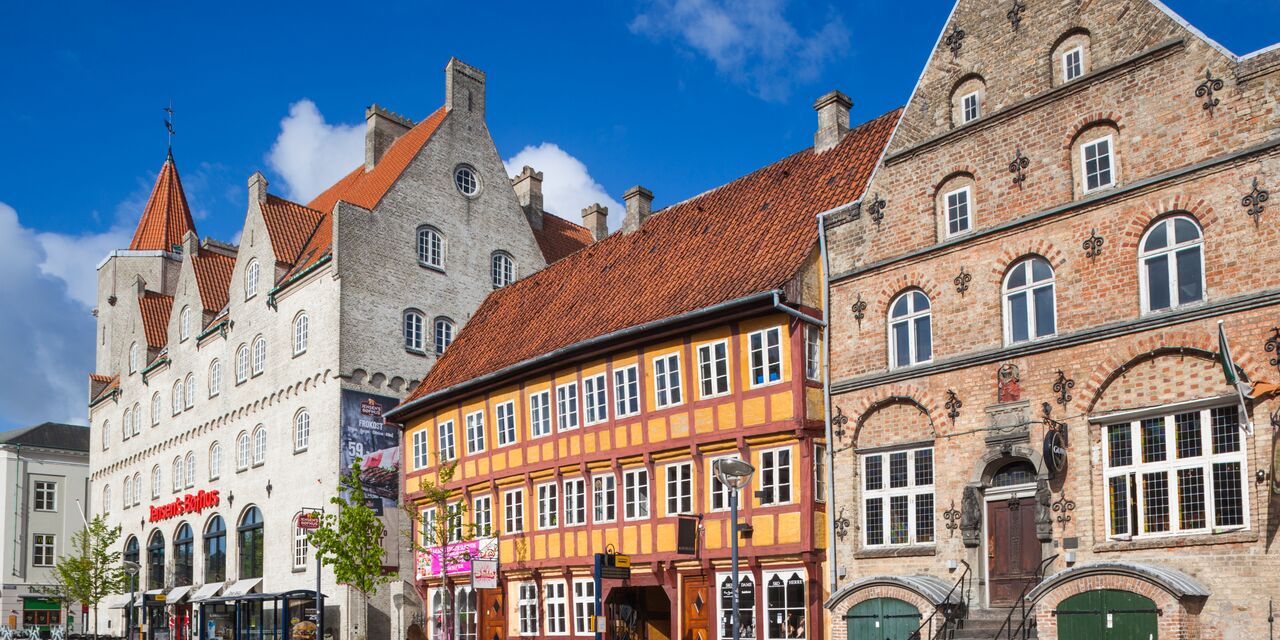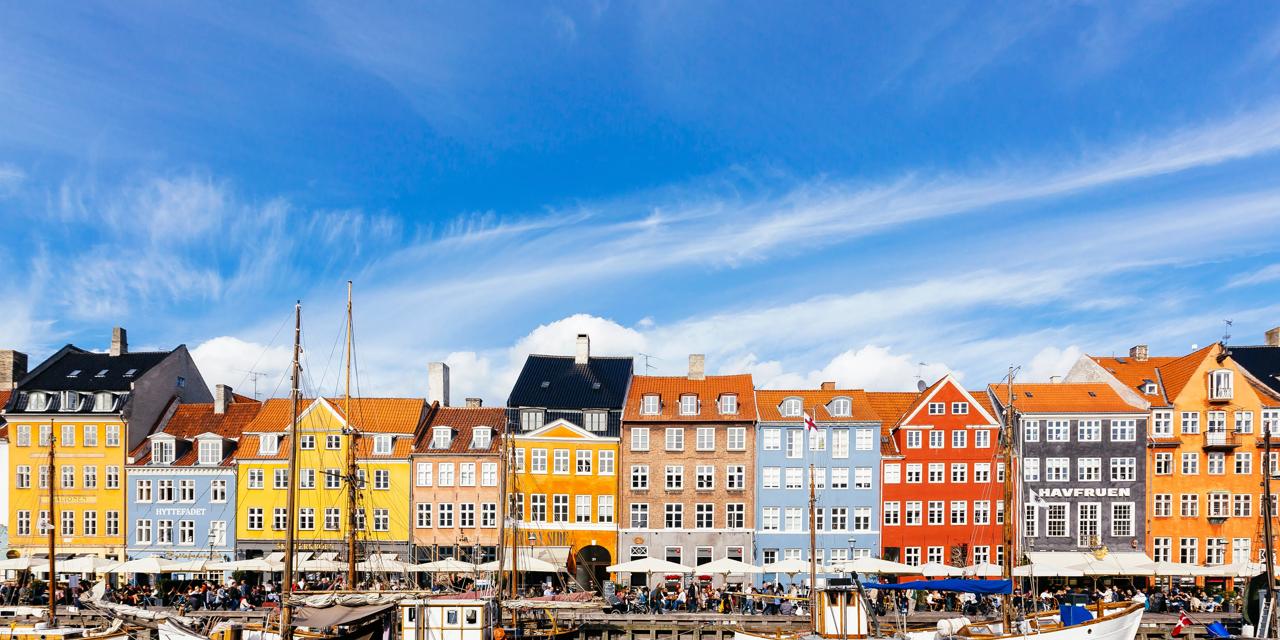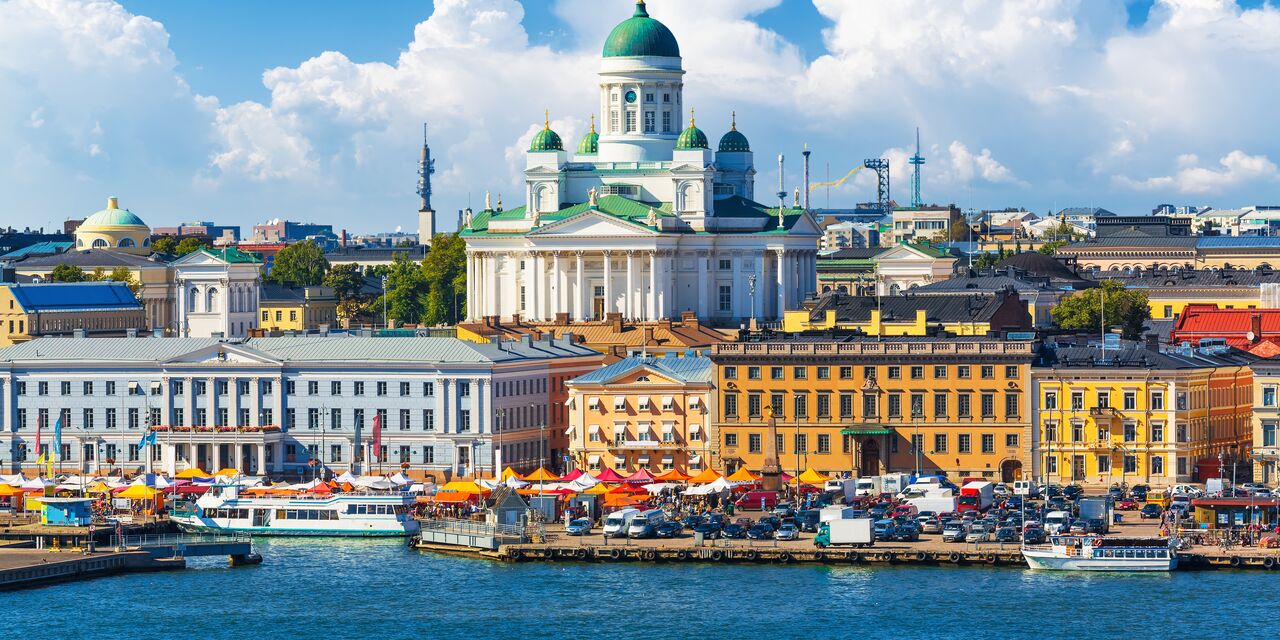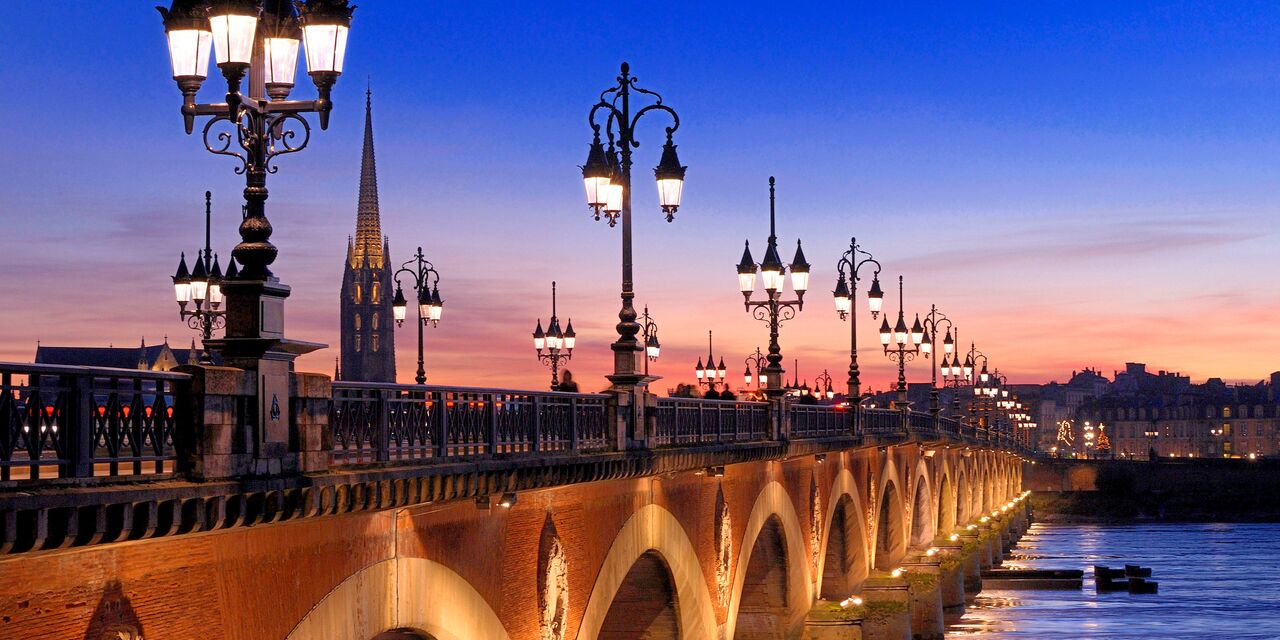Gustav Vigeland’s bizarre sculpture park
Not only is it the most popular tourist attraction in Norway, it is also the world’s largest sculpture park filled with works by a single artist: the collection of 212 stone, bronze and cast-iron statues by Gustav Vigeland in Vigeland Park. The park is open 24 hours a day, 365 days a year and on top of that, admission is free. From the ‘Little Hot-Head’ to the imposing ‘Monolith’, the life-size statues are a delight to discover both in the summer and winter.
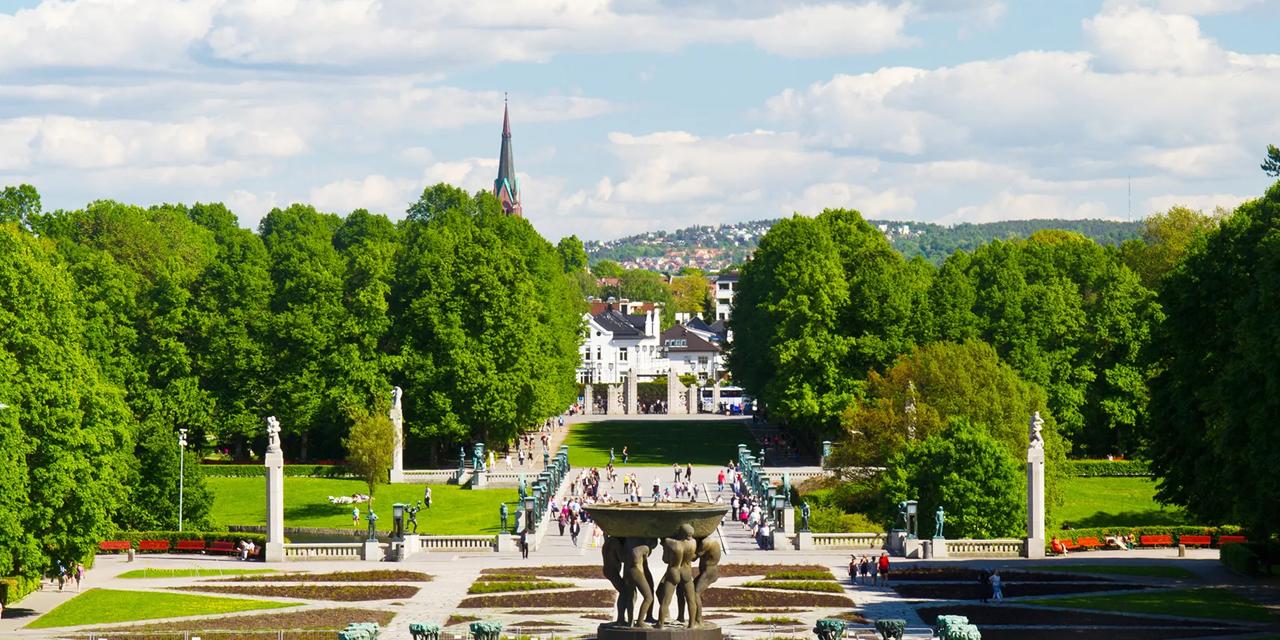
Taking a picture with the Little Hot-Head
Many of the life-size sculptures themselves comprise dozens of small figures, like the bridge with 58 naked men, women and children in all imaginable poses. ‘Sinnataggen’ (Little Hot-Head) — a little boy angrily stomping his foot on the ground — is the most beloved sculpture in the park. He is sometimes also called the ‘Mona Lisa of Vigeland’. He is so loved that his hands and feet shine because everyone who takes a picture with him touches them. Not far off is the ‘Livshjulet’ (Wheel of Life), a vicious cycle of intertwined people with a diameter of 3 metres. The entrance to the park is also impressive; a large gate with stylised male figures in different phases of life are attached to granite pillars crowned with cast-iron lanterns. The literal and figurative highlight of the park is ‘Monolitten’ (Monolith), a 14-metre-high column at the highest point in the park and a monster production for which 3 stonecutters spent 14 years working daily under the supervision of Vigeland. Built out of a single block of massive granite, the sculpture’s 121 figures appear to climb over one another upwards towards heaven, as a metaphor for people’s desire for the divine and spiritual. Most of the sculptures are positioned in 5 groups along an 850-metre-long avenue. On the south side of the park is Vigeland’s studio, which has been preserved in its original state since his death in 1943. The studio — now a museum — is very popular, with 1½ to 2 million visitors crossing its threshold each year.
Norway’s most famous sculptor
Gustav Vigeland (1869-1943) was born and raised in Mandal in Southern Norway. As a child, he was fascinated by religion, spirituality, drawing and sculpturing – a combination that would determine the rest of his life. His parents sent him to Oslo to learn a trade – woodcutting – at the technical school. He received a state grant and used it to travel throughout Europe. Via Copenhagen, Berlin and Florence, he made his way to Paris, where he worked in Auguste Rodin’s studio. Back in Oslo, he grew to become the most famous and most productive sculptor Norway has every had.
Discover other destinations in Europe
*The displayed prices are for one adult. All amounts are in USD. Taxes and surcharges are included. No booking fee is applicable. Prices shown may vary depending on fare availability.
The weather forecast information is provided by World Weather Online. Air France-KLM is not responsible for the reliability of this data.

